Do Not Get Burned by These Sunscreen Myths
Sunscreens come in many formulas and types—it can take trial and error to find one you like. Here’s how to sort fact from fiction when shopping for sunscreen that works for you.
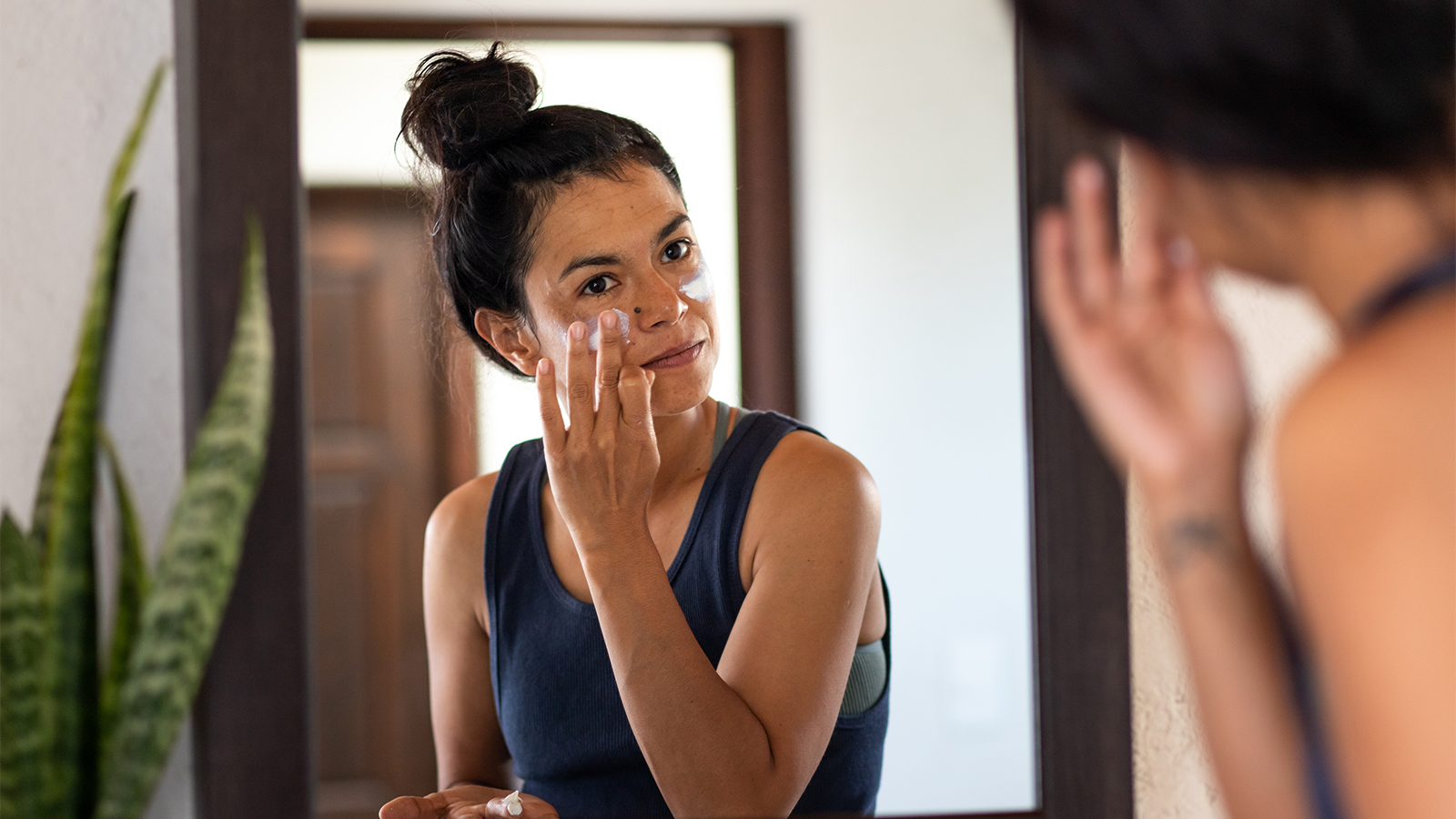
By Mirela Draganescu, MD, Virtua Primary Care
Whether you spend time at the beach, in the mountains, by the pool, or in your own backyard this summer, you’ll expose your skin to the restorative, but also harmful, rays of the sun.
While it’s important to apply sunscreen every time you go outside, even on overcast days, choosing the right one can be confusing. Sunscreens come in many formulas and types, such as creams, sprays, and sticks—it can take trial and error to find one you like.
The important thing is to avoid sunburn. Repeated sunburns are a leading cause of melanoma, the deadliest form of skin cancer. Here’s how to sort fact from fiction when shopping for sunscreen that works for you.
Myth: Double the SPF means double the protection.
Truth: SPF, or sun protection factor, measures how much longer it takes for ultraviolet (UV) B rays to burn your skin when wearing sunscreen compared with when you’re unprotected. For instance, if you choose SPF 15, it will take your skin 15 times longer to turn red than if you use nothing at all.
SPF 15 sunscreen—the lowest number now allowed by the FDA—blocks 93 percent of UVB rays. The American Academy of Dermatology recommends using at least SPF 30, which blocks 97 percent.
No matter what SPF you choose, reapply at least every two hours. Brands labeled “water-resistant” last through 40 minutes of swimming or sweating, while “very water-resistant” means you’ll have 80 minutes of protection in these conditions. But no sunscreen is waterproof. You should reapply after you get out of the pool or finish a workout.
Myth: The SPF number on the label tells you how well a sunscreen protects against skin aging.
Truth: SPF gauges protection against burning UVB rays. But, it’s UVA rays that cause wrinkles and age spots. Choose a product labeled “broad spectrum.” This means it filters out both UVA and UVB rays. The benefit goes beyond appearance—both types of rays contribute to skin cancer.
Myth: A thin layer of sunscreen will suffice.
Truth: Getting the amount of protection advertised on the label requires a generous coating. You should use about an ounce to cover your body—enough to fill a shot glass.
Make Skin Health Part of Your Annual Checkup
Sun safety starts with simple habits like wearing broad-spectrum sunscreen, covering up, and limiting time in direct sunlight. But protecting your skin is important year-round, not just in the summer.
Do not wait for a problem to show up. Talk to your primary care provider during your annual exam about any skin changes or concerns.
To schedule your appointment, call 888-847-8823.
There's So Much More to Explore
Discover expert insights, inspiring stories, health tips, and more by exploring the content below!

Caregiving During the Holidays: Ways to Manage Stress and Find Joy

Bioidentical Hormone Replacement Therapy Pellets: Relief for Menopause and Andropause Symptoms

COVID-19 Vaccines and Pregnancy: FAQs

COMFORTing Tips to Avoid Holiday Heartburn

How to Tell the Difference Between Cold, Flu, and COVID-19

4 Exercise Tips to Help You Reverse High Blood Pressure

Daily Wellness Checklist: Simple Habits for Feeling Good Inside and Out

3 Reasons Why Now's the Time to Find Relief From Varicose Veins

The Brain Health Checklist: 11 Questions Everyone Should Ask

How to Get and Stay Healthy This Fall

How to Reverse Prediabetes and Prevent Type 2 Diabetes

6 Ways to Get More Out of Your Daily Walk
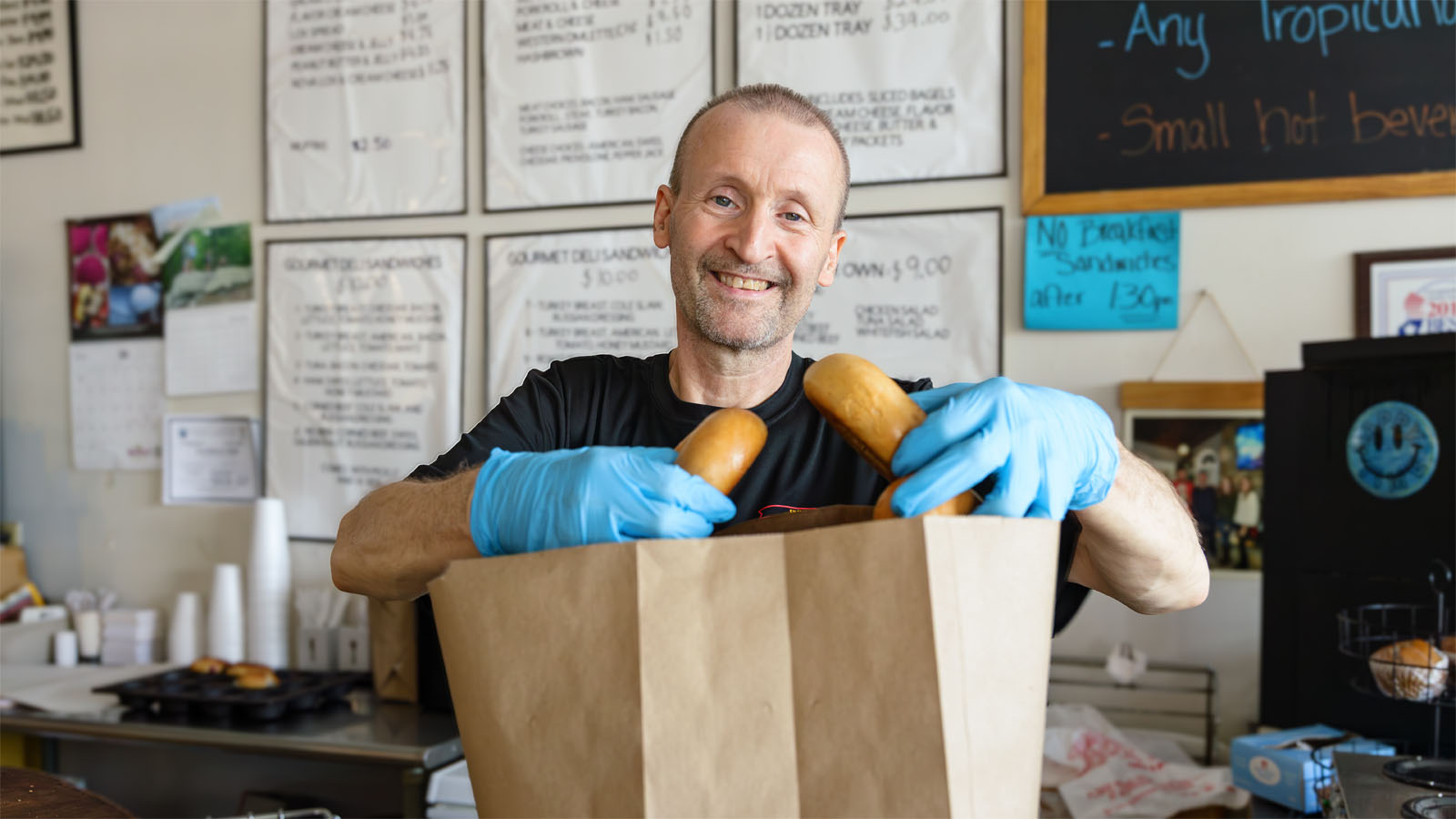
HeartTalk Magazine

Is Cancer Hereditary? What You Need to Know About Your Genetic Risks

Is Your Post-Pregnancy Belly Bulge a Sign of Diastasis Recti?

Your Guide to Mammograms: When to Get Screened and What to Know
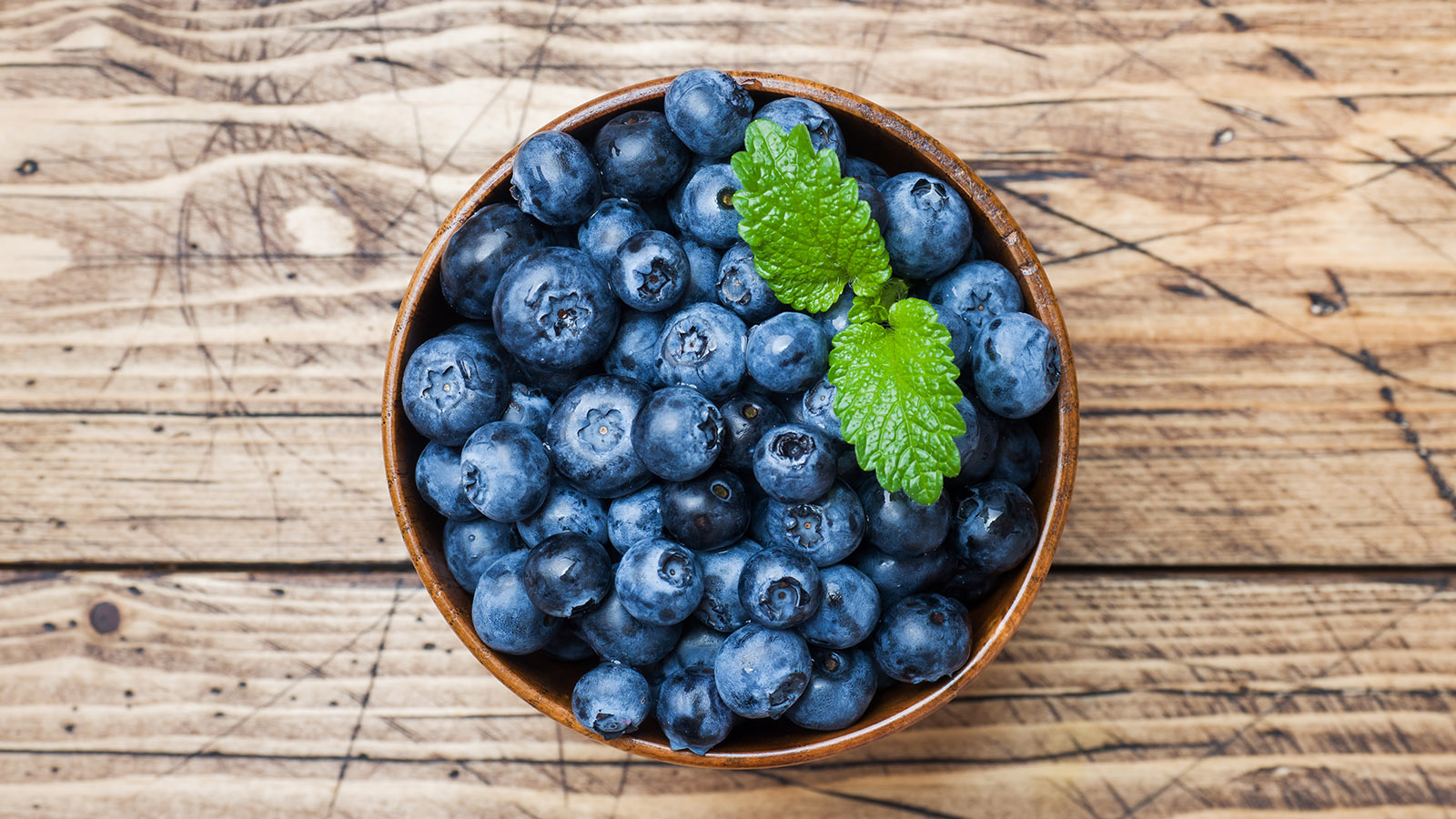
The Top 10 Foods That Boost Your Brain Health

Is It Safe to Exercise During Pregnancy?

Prevent Yard Work Injuries: Tips for Mowing, Gardening, and Raking

Where To Seek Mental Health Help And Treatment

How to Curb Nighttime Snack Cravings
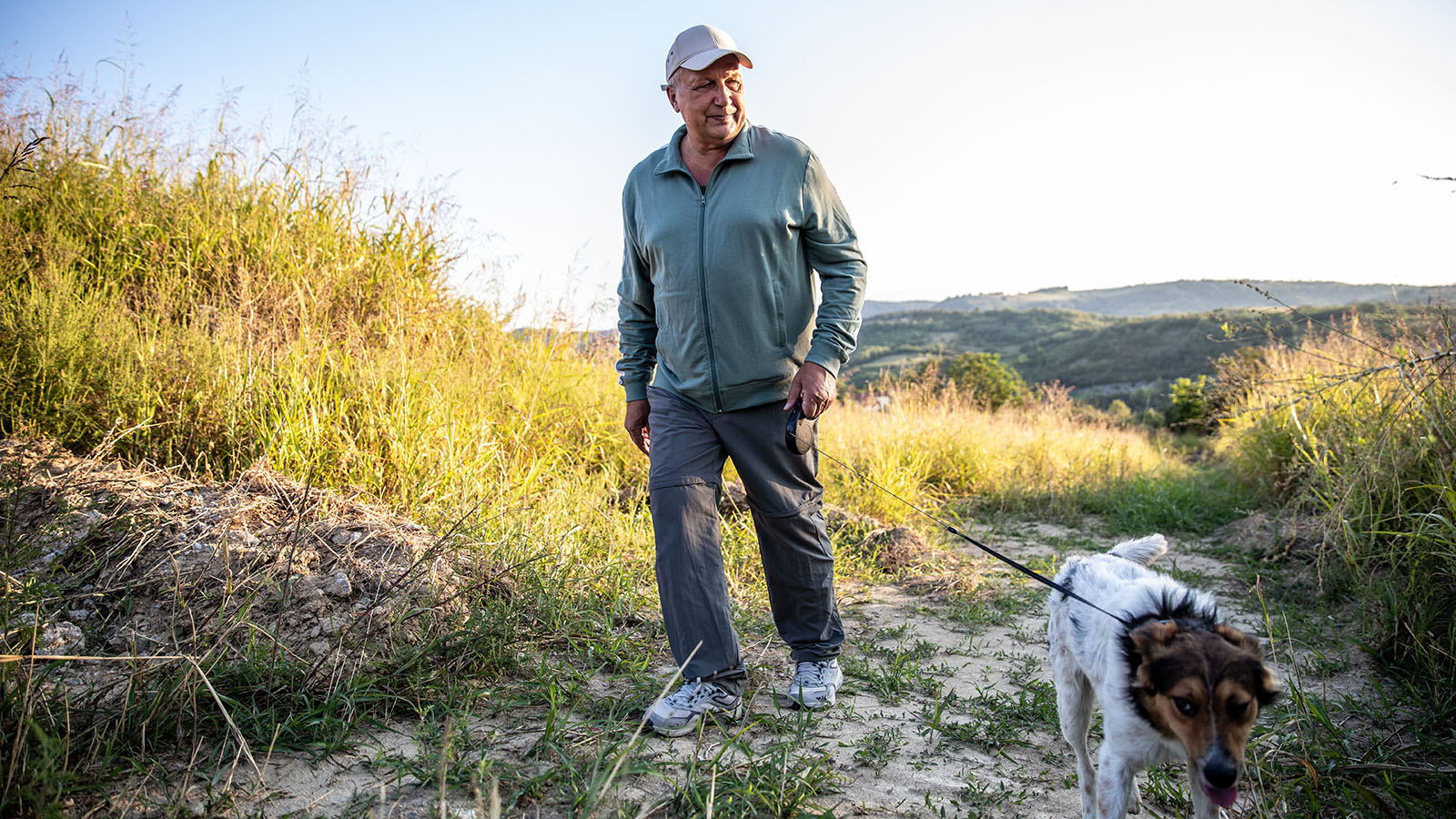
Is Your Daily Walk Making You Really Sore?

IBS and Alcohol: Can You Still Enjoy a Drink?

'Feeling Joy Again': ECT Brain Stimulation Therapy Restores Ashley's Well-Being

Easy, Healthy Lunch Ideas for the Beach

How to Stay Cool and Prevent Heat Illness All Summer Long

Do Not Get Burned by These Sunscreen Myths

Beat the Bugs and Save Your Summer

How to Have a Healthy Pregnancy if You're Overweight
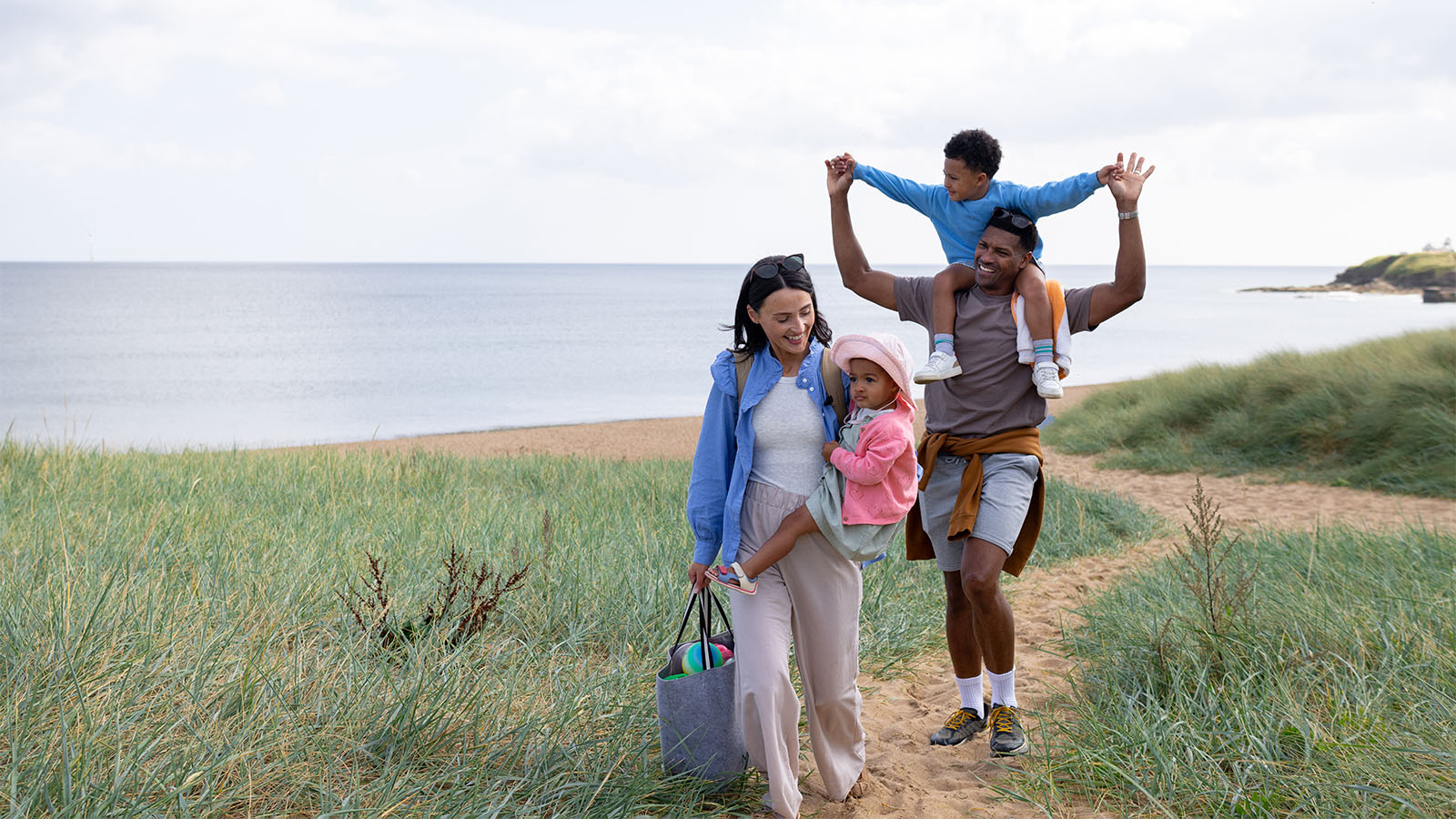
Why You Get Sick on Vacation (and How to Stay Healthy While Traveling)
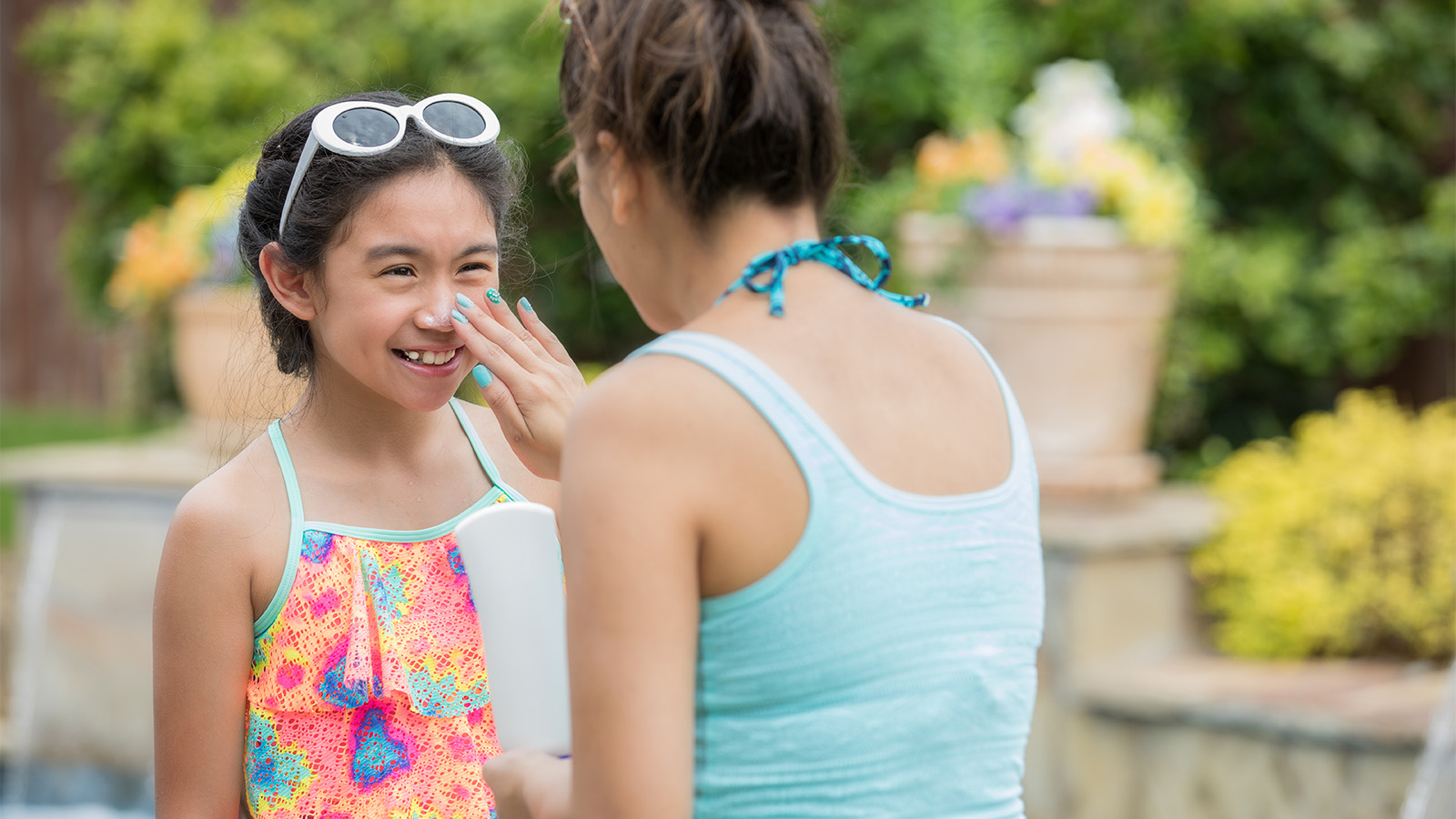
6 Hot Tips for a Safer Summer

4 Surprising Health Truths You Should Know

5 Interesting Facts About Your Heart
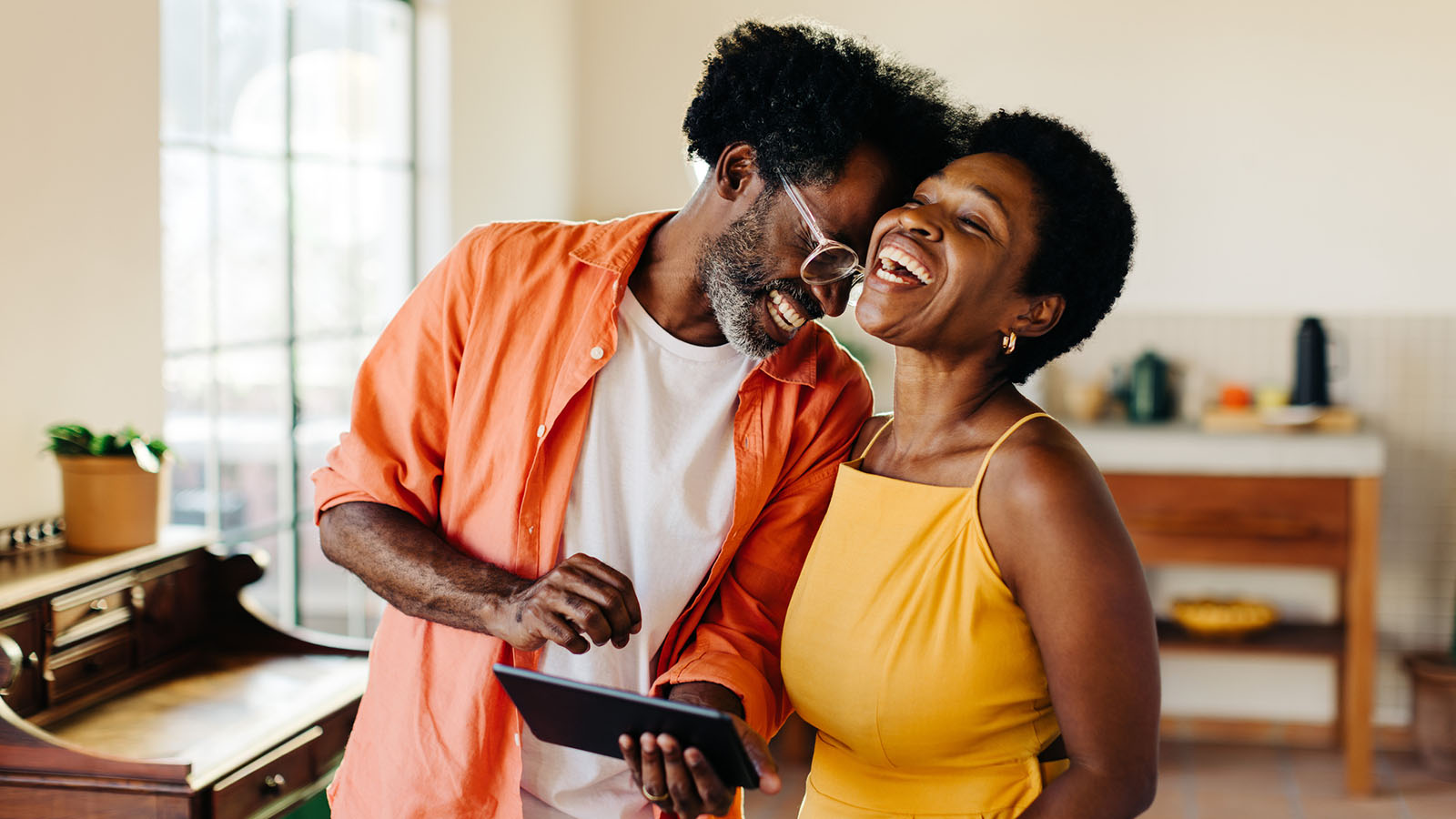
Is Low Sex Drive Normal? Revealing the Complex Causes of Low Libido in Women

5 Feel-Good Activities to Explore Around South Jersey
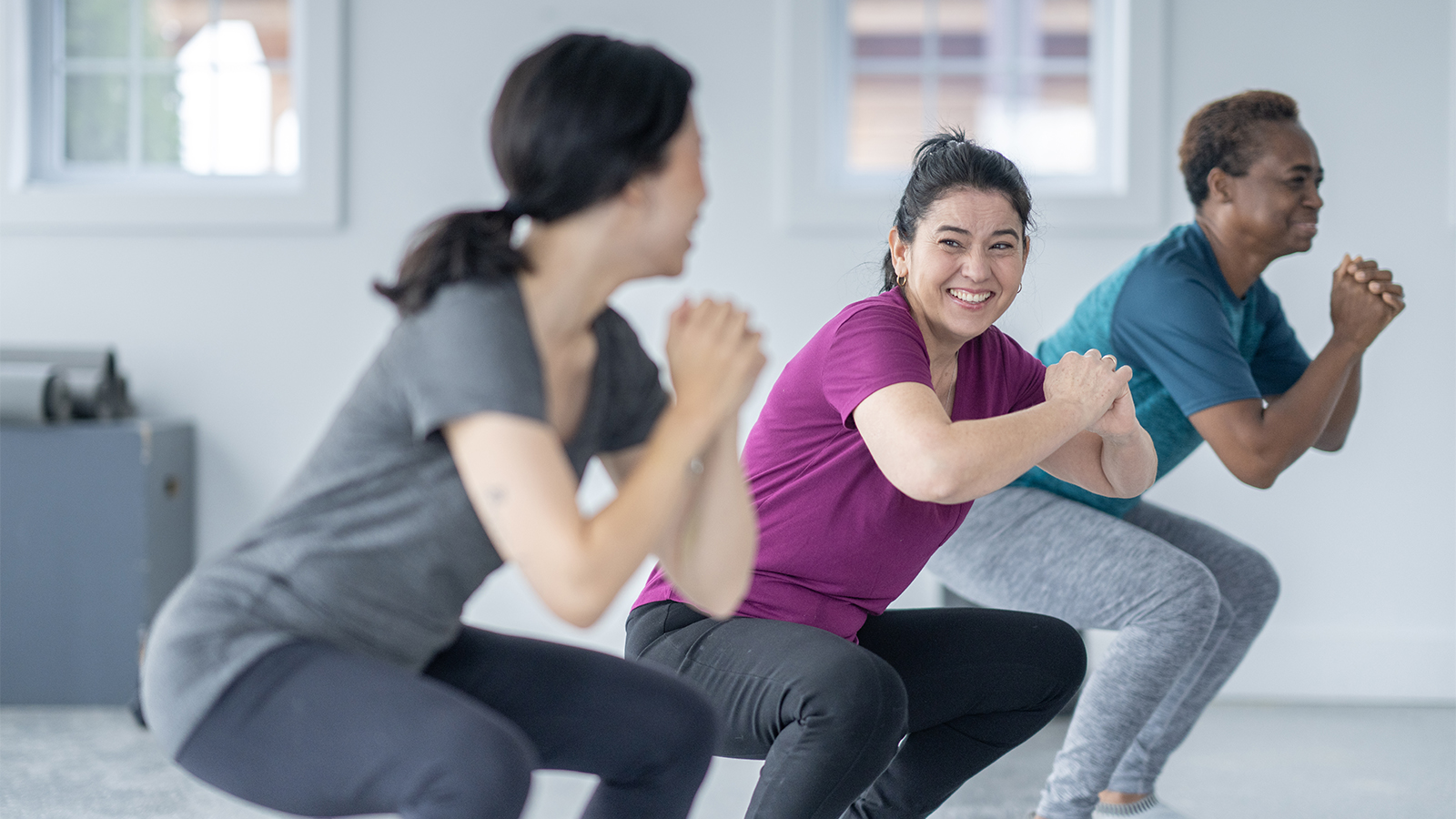
Stress Incontinence vs. Urge Incontinence: What's the Difference?

3 Changes You Can Make Today to Lower Your Cancer Risk
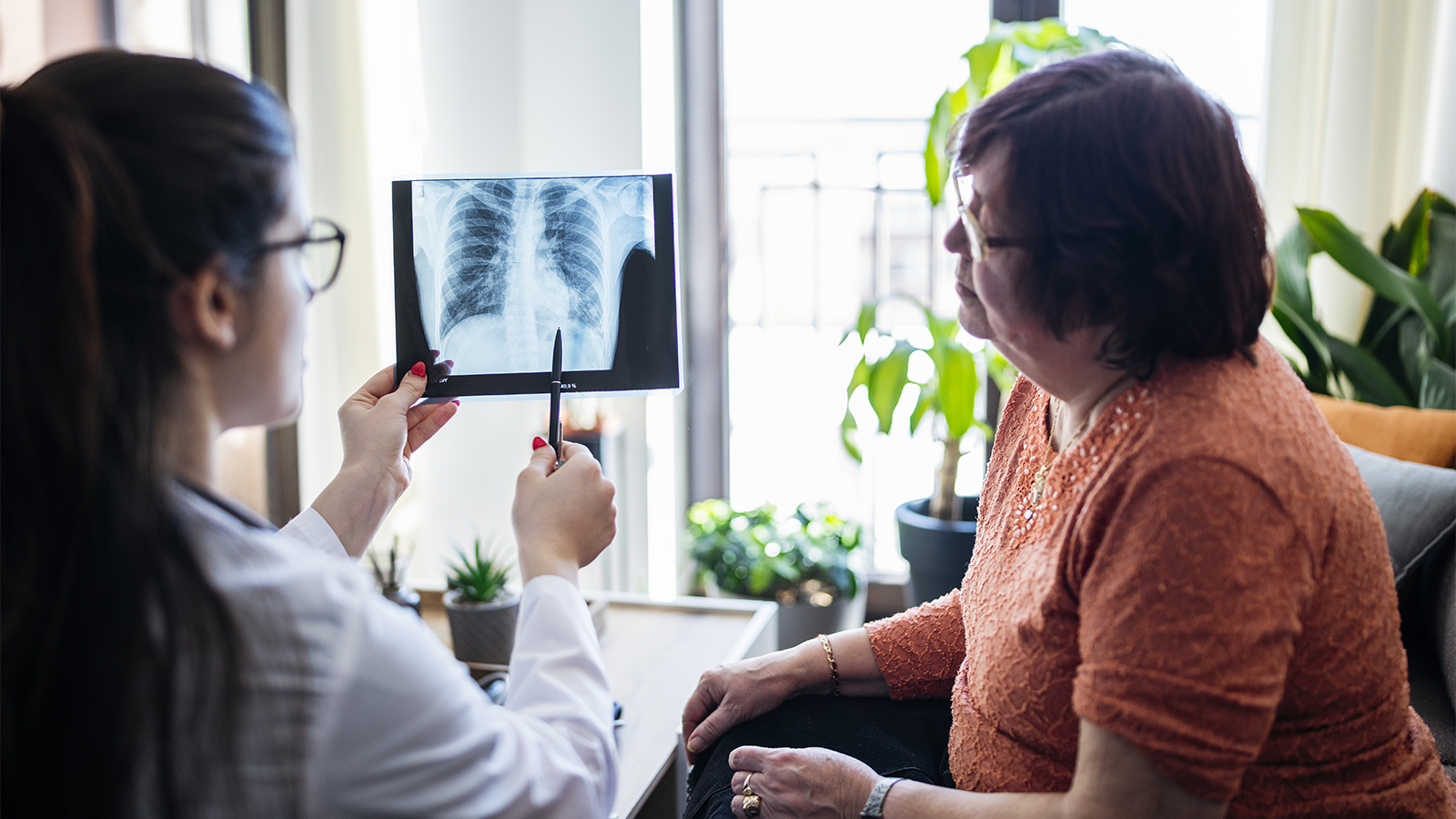
A Lung Cancer Screening Could Save Your Life
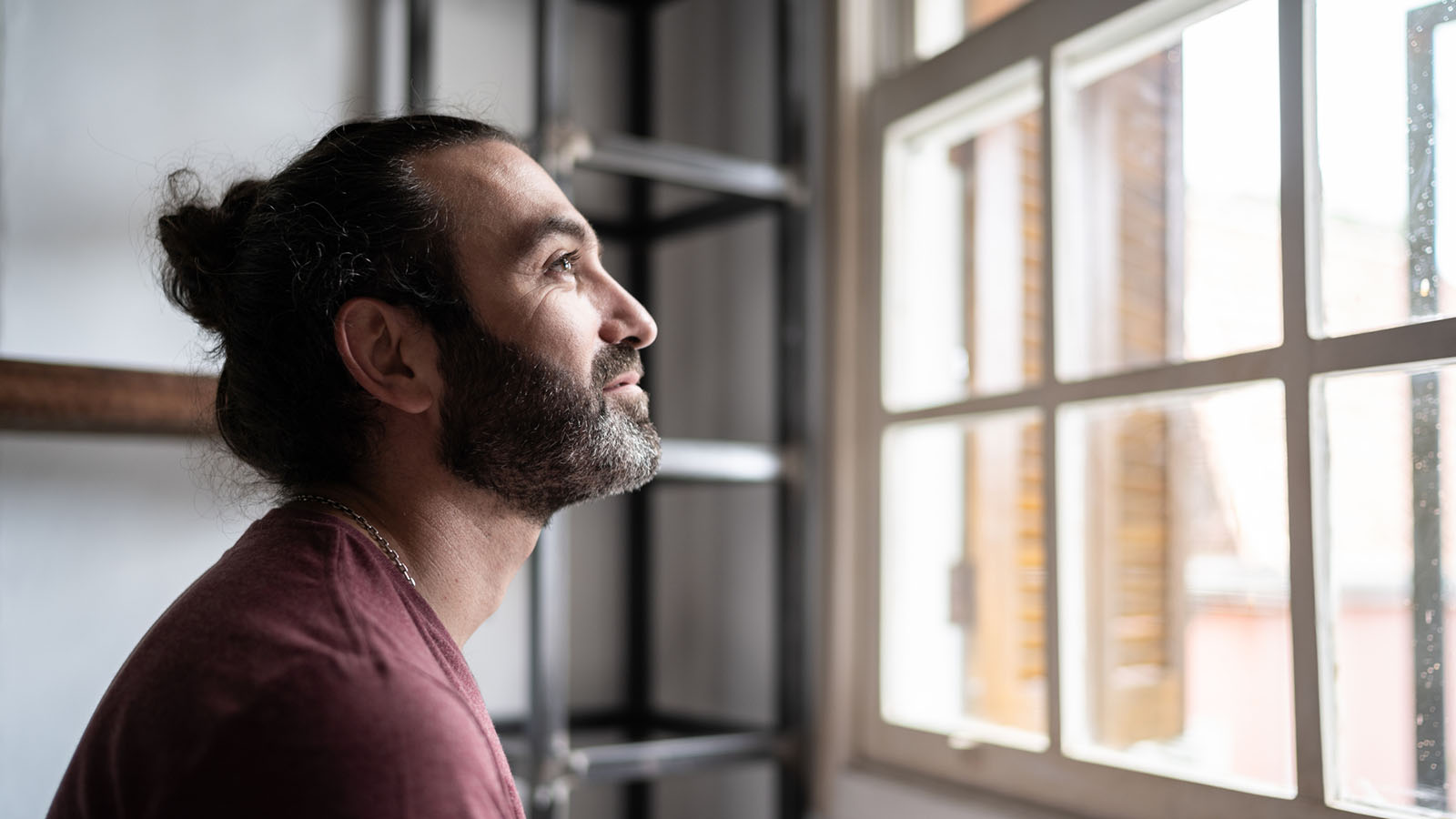
Mood Swings vs. Mood Disorders: Know the Signs and Get Help
Are emotional ups and downs disrupting daily life? Learn common signs of mood disorders, and when to talk to a doctor about diagnosis and treatment options.

Take Pride in our Health: Must Dos for LGBTQ+ Preventative Care

Protect Yourself From Tick Bites and Lyme Disease
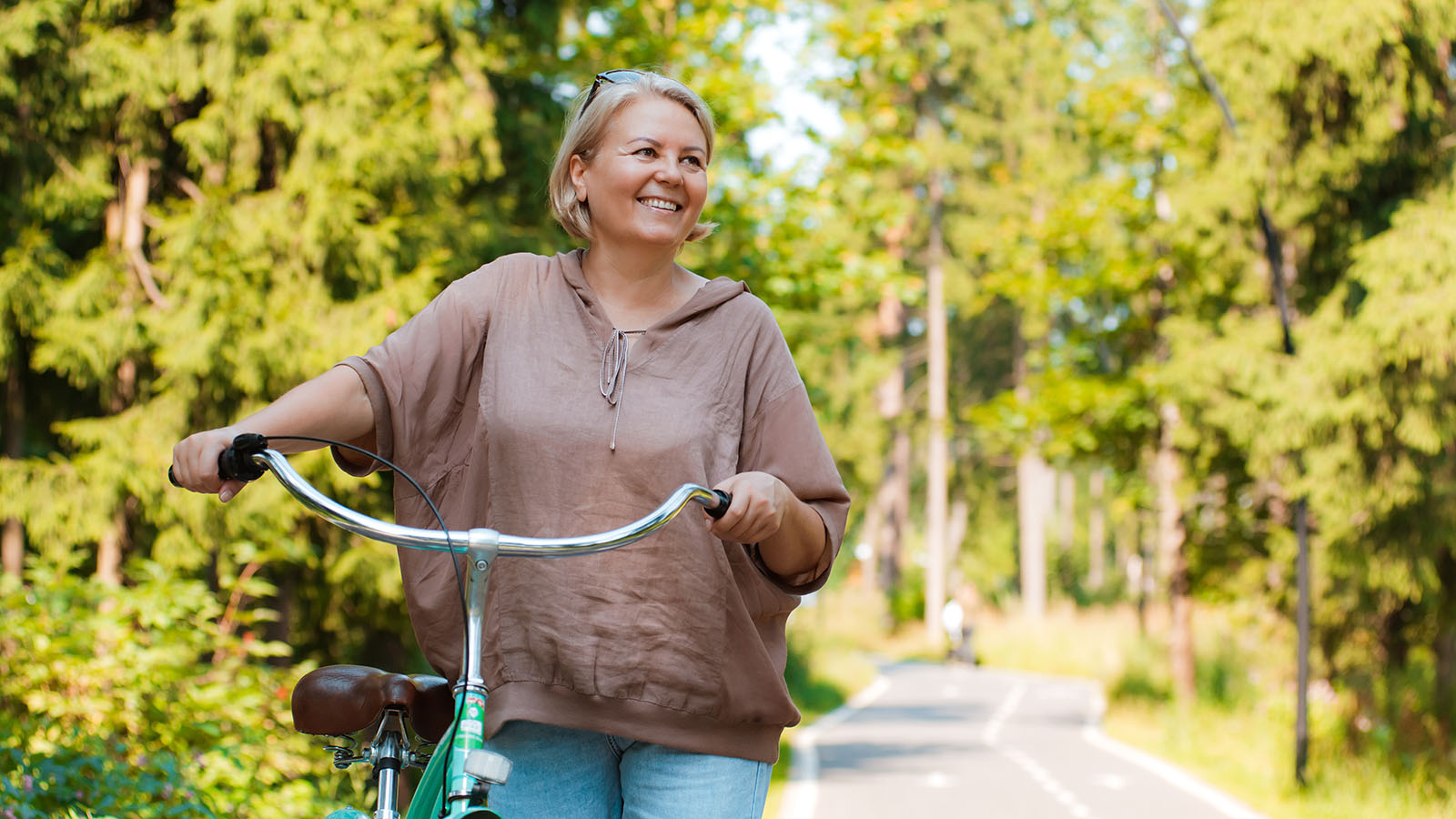
10 Quick Ways to De-Stress

4 Ways to Stay Fit and Healthy on a Budget

From Restless to Restful: How Movement Improves Sleep

5 Simple Ways to Spring Clean Your Wellness Routine

Best Foods for Kidney Health

What Causes Food Addiction And What Are The Signs
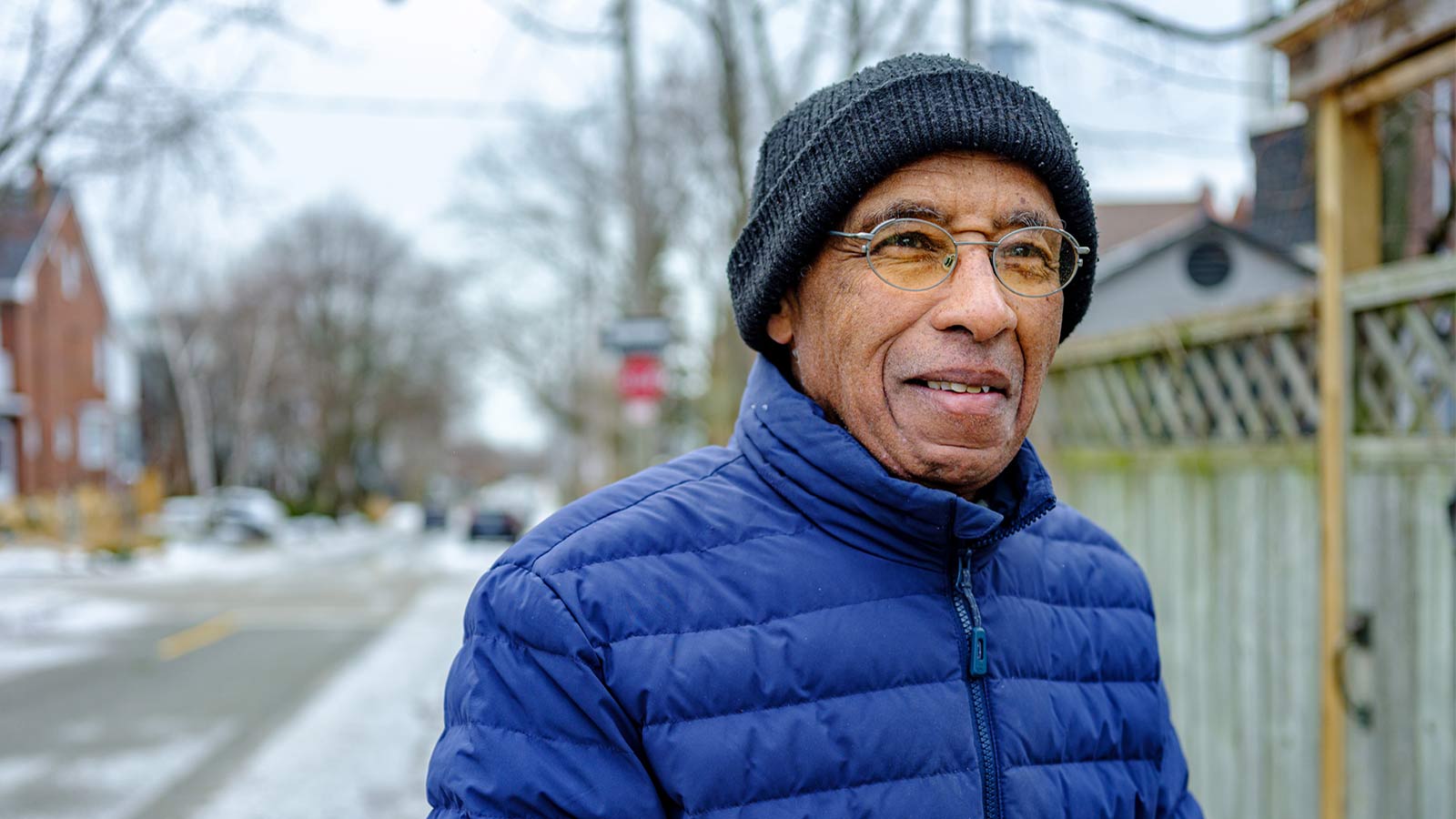
5 Essential Winter Foot Care Tips When You Have Diabetes
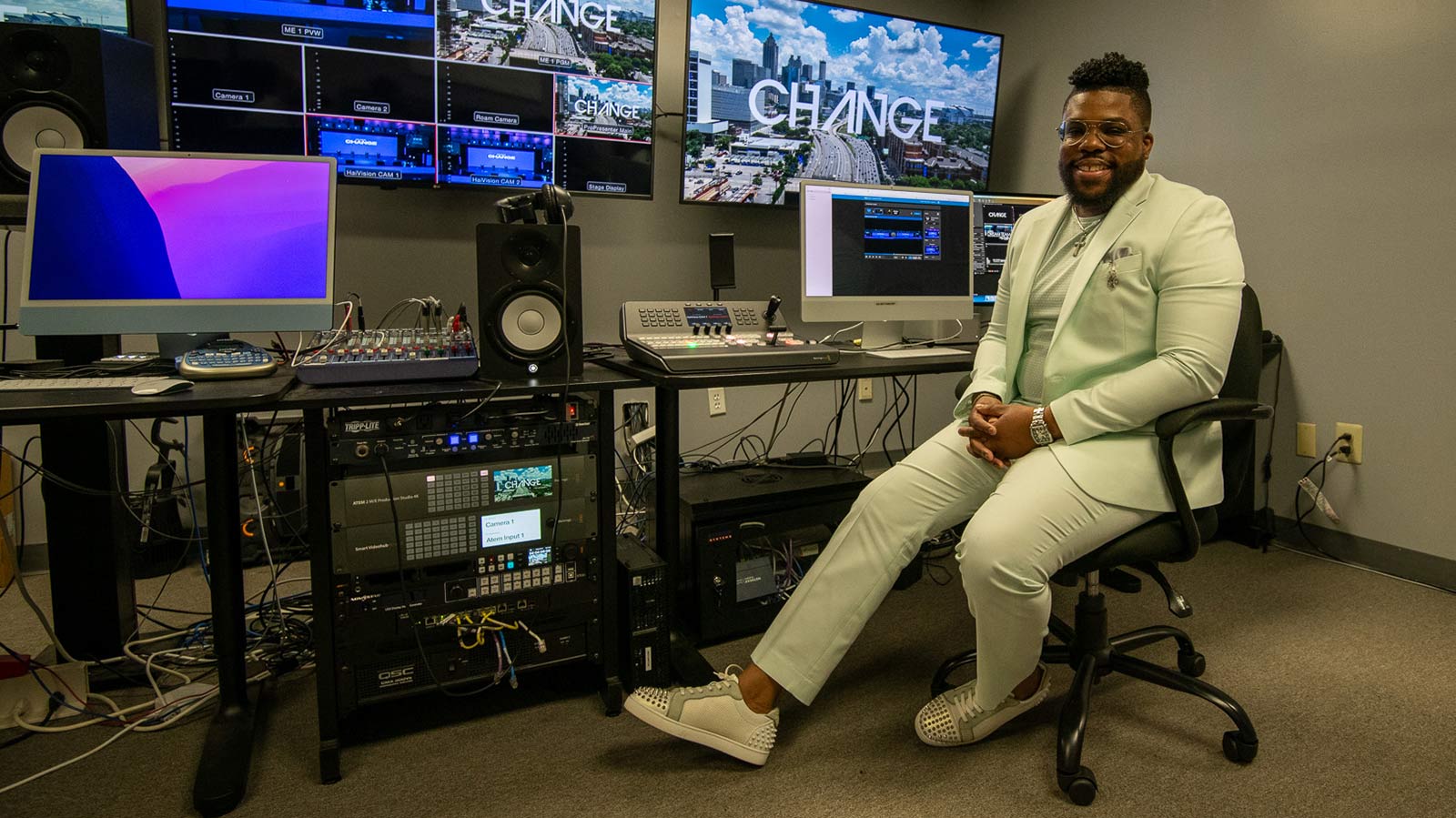
Sweet Music: Trust, Teamwork Save Justin from Heart Attack

Your 10-Point Plan to Avoid Winter Weight Gain

Be Fast and Spot the Signs of Stroke

Surprising Symptoms May Signal Stroke In Women

8 Key Steps to Better Blood Pressure Control

5 Back Stretches for the Work-From-Home Workweek

The HPV Vaccine: A Powerful Shield Against Cervical Cancer

How to Prevent and Treat Urinary Tract Infections

6 Numbers Key to Keeping Your Heart Healthy

4 Easy Ways to Treat and Prevent Runner's Knee
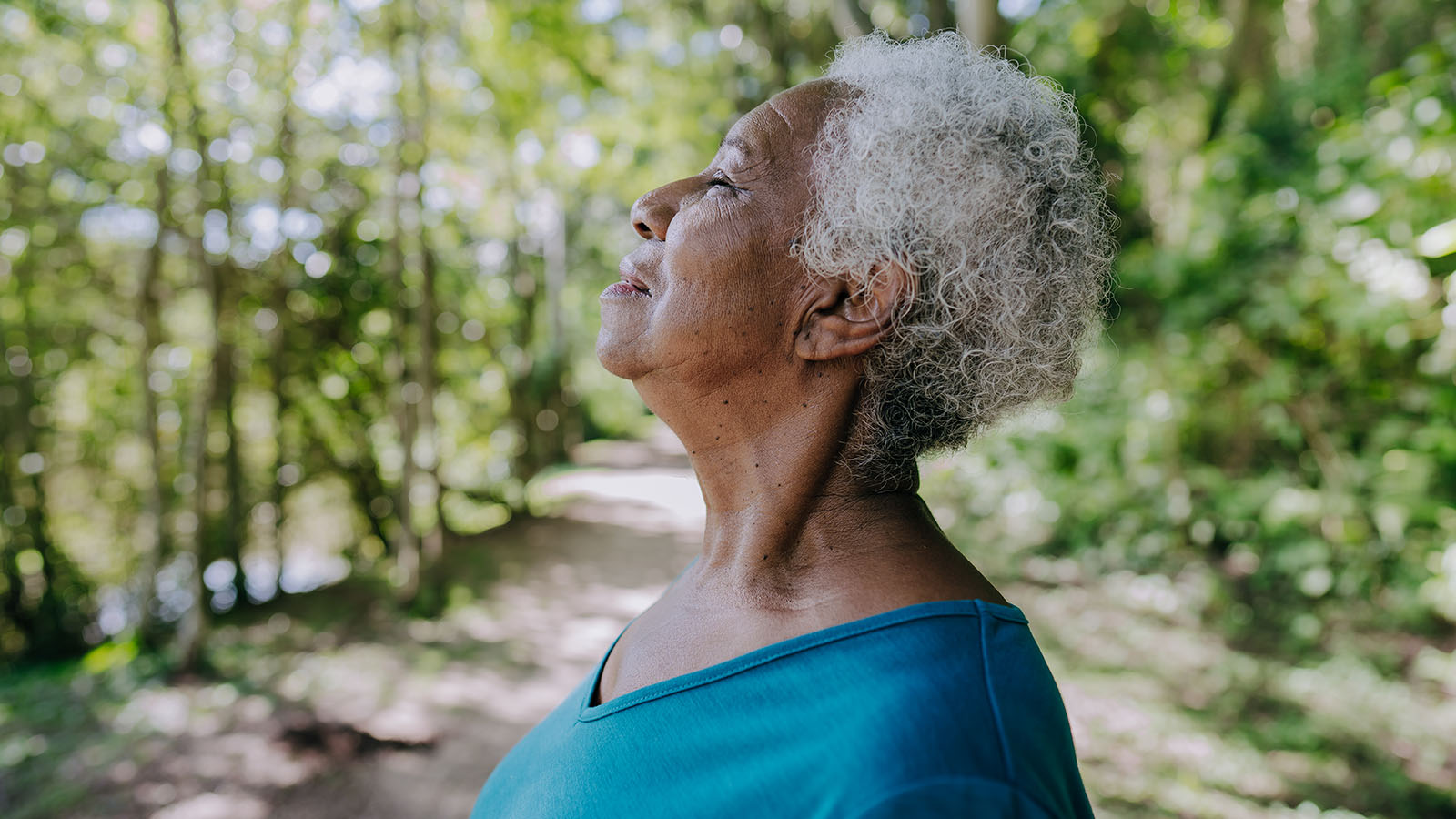
Five Mindfulness Tips That Can Help Heal Your Heart
Working from Home? Take a Quick Break to Stretch Your Wrists

Love Your Heart: Essential Care Tips for Every Stage of Life

How Do I Measure My Blood Pressure at Home?

How Do I Improve My Cholesterol Levels?

3 Ways to Reduce Your Stroke Risk

How Sex Keeps You Healthy as You Age

Protect Your Child From HPV and Related Cancers

Why IUDs Might Be The Most Effective Birth Control
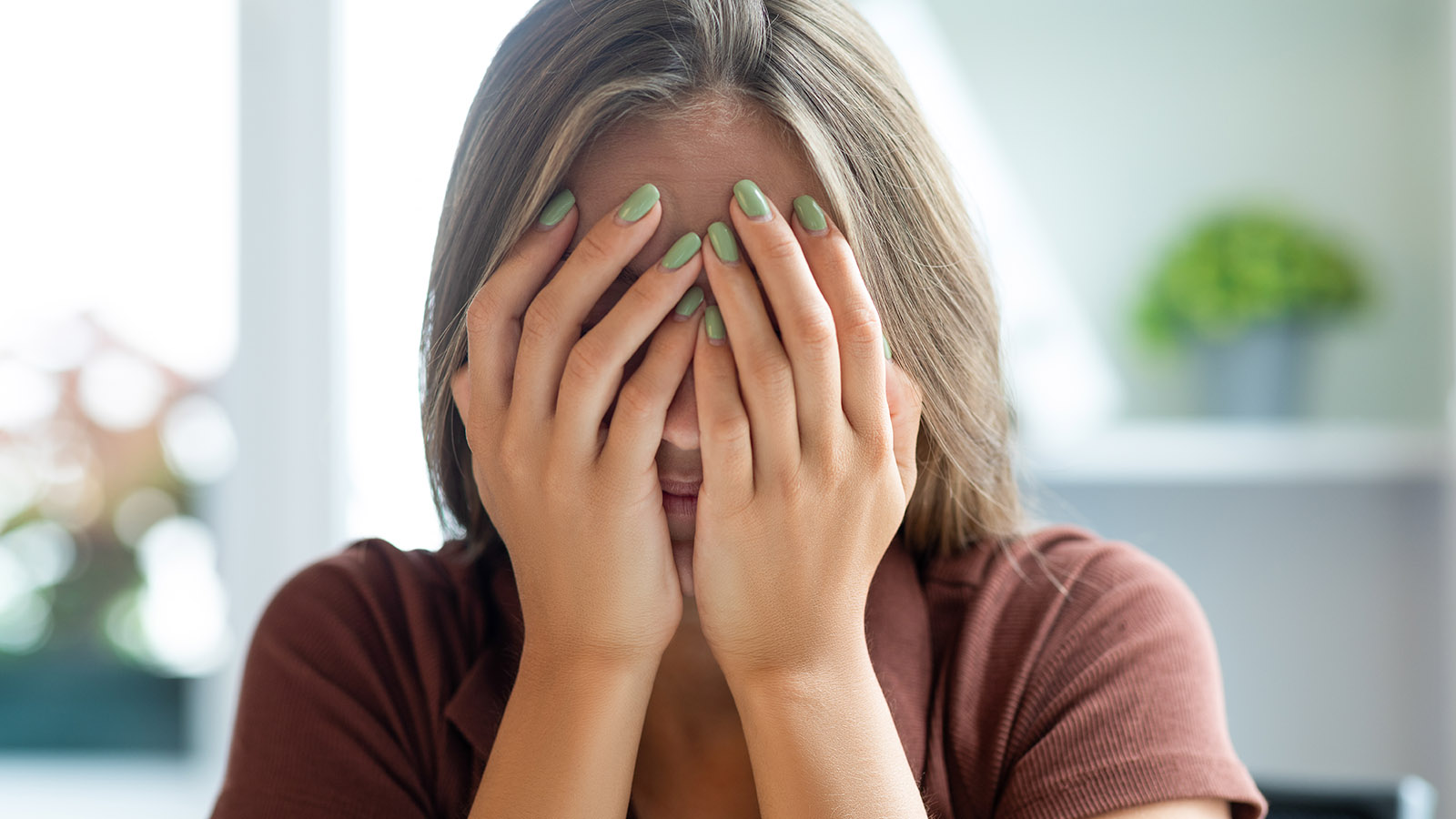
5 Things You're Too Embarrassed to Tell Your OBGYN

4 Not-So-Crazy Questions to Ask Your Doctor
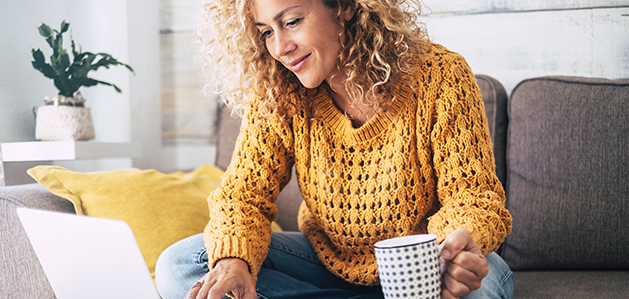
What to Know About Cervical Cancer Screenings
3 Bad Habits Sapping Your Beauty
6 Healthy Habits to Start in Your 20s for Better Lifelong Health

